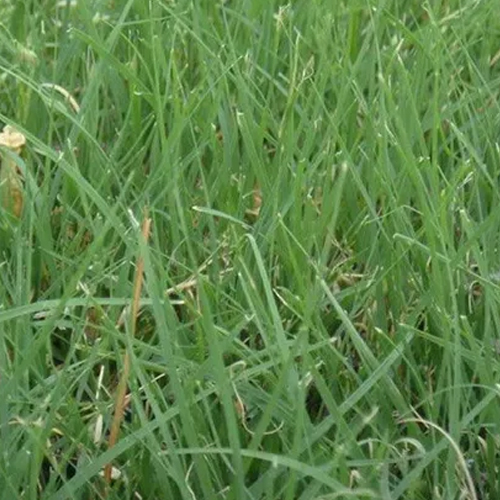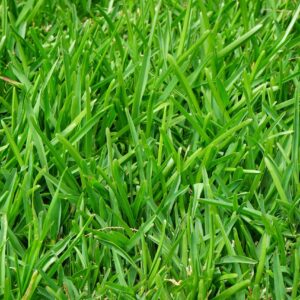Buffalograss (Buchloe dactyloides) in Grass New Hampshire
Description:
- Appearance: Buffalograss has a distinctive blue-green color and fine-textured blades that form a dense, low-maintenance turf. It grows in a clumping pattern, with a height ranging from 4 to 8 inches when unmowed.
- Growth Habit: Buffalograss is a warm-season perennial grass with a creeping, stoloniferous growth habit. It spreads slowly by above-ground stems called stolons, forming a dense sod layer over time.
- Adaptability: Buffalograss is well-adapted to regions with hot, dry climates and thrives in full sun. It is drought-tolerant and requires minimal irrigation once established, making it an excellent choice for water-wise landscapes.
Description:
- Appearance: Buffalograss has a distinctive blue-green color and fine-textured blades that form a dense, low-maintenance turf. It grows in a clumping pattern, with a height ranging from 4 to 8 inches when unmowed.
- Growth Habit: Buffalograss is a warm-season perennial grass with a creeping, stoloniferous growth habit. It spreads slowly by above-ground stems called stolons, forming a dense sod layer over time.
- Adaptability: Buffalograss is well-adapted to regions with hot, dry climates and thrives in full sun. It is drought-tolerant and requires minimal irrigation once established, making it an excellent choice for water-wise landscapes.
Description
Buffalograss (Buchloe dactyloides) is a warm-season grass native to North America, known for its low maintenance requirements, drought tolerance, and ability to withstand heavy foot traffic. It forms a dense, low-growing turf that requires minimal mowing and watering once established.
Description:
- Appearance: Buffalograss has a distinctive blue-green color and fine-textured blades that form a dense, low-maintenance turf. It grows in a clumping pattern, with a height ranging from 4 to 8 inches when unmowed.
- Growth Habit: Buffalograss is a warm-season perennial grass with a creeping, stoloniferous growth habit. It spreads slowly by above-ground stems called stolons, forming a dense sod layer over time.
- Adaptability: Buffalograss is well-adapted to regions with hot, dry climates and thrives in full sun. It is drought-tolerant and requires minimal irrigation once established, making it an excellent choice for water-wise landscapes.
Planting Instructions:
- Timing: Plant Buffalograss seeds in late spring to early summer when soil temperatures are consistently above 60°F (15°C) for optimal germination. Avoid planting during periods of extreme heat or drought.
- Site Preparation: Choose a planting site with well-drained soil and full sun exposure. Buffalograss prefers sandy or loamy soils but can tolerate a wide range of soil types, including clay and rocky soils. Remove any existing vegetation and debris from the planting area.
- Seed Distribution: Broadcast Buffalograss seed evenly over the prepared soil surface using a seed spreader or by hand. Apply the seed at a rate of 1 to 2 pounds per 1,000 square feet for establishing new lawns. Rake the seed lightly into the soil to ensure good seed-to-soil contact.
- Watering: Water the seeded area lightly immediately after planting to moisten the soil. Keep the soil consistently moist but not waterlogged during the germination period, which typically takes 7 to 21 days. Water deeply and infrequently once the grass is established to encourage deep root growth.
- Mowing: Buffalograss requires minimal mowing compared to other turfgrasses. Mow the grass to a height of 2 to 3 inches to maintain its density and appearance. Avoid mowing too short, as this can weaken the grass and make it more susceptible to stress and weed invasion.
- Maintenance: Fertilize Buffalograss sparingly, if at all, as it is adapted to low-nutrient soils. Monitor for weeds and hand-pull or spot-treat them as needed to prevent competition with the Buffalograss. Aerate the soil periodically to improve drainage and reduce compaction.




